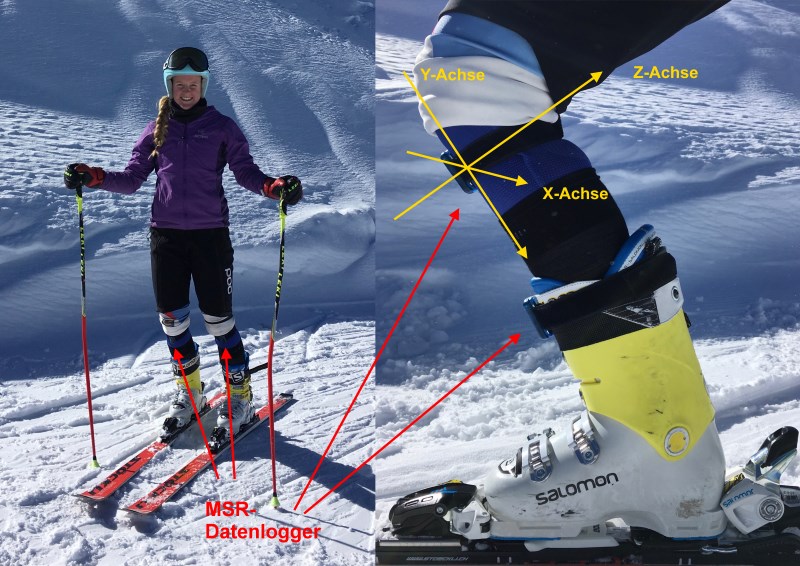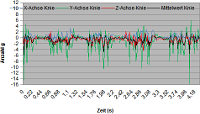DIAL GmbH’s blog recently had an
interesting article on DALI1 & 2 (https://www.dial.de/en/blog/article/intelligently-controlled-light-a-look-at-the-potential-of-dali-2/)
The clear advance of the
LED into all areas of lighting technology has led to major changes in the
control of luminaires. What was controlled via dimmers or analogue 1....10 V
interface a few years ago is now linked digitally to the central nervous system
of the building. The standard for the control of luminaires is DALI (Digital
Addressable Lighting Interface). Originally created to dim fluorescent lamps,
this system has developed into an all-round tool for lighting. The triumph of
the LED has also meant a real boom for DALI since LED luminaires provide the
best technological conditions for digital control.
What can DALI do? And how does DALI function?
What can DALI do? And how does DALI function?
DALI is the most widely used luminaire interface in the control of
architectural lighting. Anyone who deals professionally with light and lighting
control cannot escape DALI. The standards were laid down in 2000 in the IEC
62386. There are now products developed by many different manufacturers
available for a wide range of applications. The functions offered by these
devices have increased significantly over the years. Multifunction luminaires
with several color channels enable the direct control of any chromaticity
coordinate. Depending on which primary colors the luminaire generates, color
temperature and/ or saturated colors can be controlled absolutely or
relatively. Multi-channel luminaires - with up to six output channels - can be
operated without any complicated channel allocation. DALI emergency lighting
systems can be monitored and tested easily.
All these devices are
standardized and classified in the DALI standard IEC 62386.102. The different
types of devices (device types 0-8) are defined in standards 201 to 209.
For example type 6 focuses especially on LED, or type 1 on the properties of
DALI emergency lighting devices. Data communication, sets of parameters and
topology are also defined in IEC62386.
Since November a new version
of this DALI standard has been available - Edition 2. DALI is expected to close
the gaps in the existing standard and to enable better interoperability. While
in the first edition only Control gear’s and general communication were
described, DALI 2 opens up the world of sensor technology to manufacturers and
users. Part 103 "Control devices" was added to IEC 62386. New types
of devices in the sensors sector, such as push-buttons, light sensors, motion
sensors or remote control interfaces, are now defined in the standard.
DALI Edition 1
functions according to the pure master-slave principle. That means that no
control gear (slave) may ever communicate independently on the bus since this
does not have any collision detection. The Master Control Device has to inquire
about the status of a luminaire so that this may then reply with an 8-bit
telegram. So it becomes very clear that comprehensive sensor functions are
restricted since a master must continually inquire about the status of all the sensors.
Until now this has only been possible with proprietary manufacturer solutions.
For
BMS (Building Management Systems) access to the sensor functions is barred
completely since there are also no standards for this. The extension of the
standard, or rather its completion, in Edition 2 now makes it possible in
future to transmit control commands, operating data for the luminaire
ballast and also sensor functions from and to devices of any manufacturer.
DALI 2: Which is the most
important innovation?
For
the first time DALI 2 now allows sensors to access the bus independently and
communicate either with the master control device, luminaire ballast or other
sensor control devices. The sensors therefore have the option of bus access
control. The sensor telegram is defined as 24-bit and contains an address byte,
instance byte and command code byte. Control devices can be addressed and
grouped in 32 instances. However, there is a difference to other operating
devices in that control devices can transmit group and address information. So,
for the very first time, event-driven actions and logical links are possible
and intended in the DALI standard . Control devices now have their own address
area. That means that with DALI 2 64 ballasts and 64 sensor control devices can
be operated on one line.
What does this mean for future
applications?
Imagine a multi-story
office building which is fitted throughout with DALI-capable luminaires. On the
different floors DALI multi-function sensors have also been fitted throughout.
These sensors can, in the same way as luminaries, be allocated to zones within
the room. This can be done very flexibly, so that the use of the building
can be changed or adapted. When room zones are redefined, then the sensors move
accordingly. Complex (re-)programming is no longer necessary and the lighting
can be controlled efficiently, "out of the box", depending on the
incidence of daylight and human presence in the room.
Superordinated
building automation systems such as BACnet (Building Automation and
Control Networks) are also able to process the sensor information and optimize
it with the data from other building technologies such as heating, ventilation,
temperature. Central maintenance functions can monitor the status of lamps,
energy consumption and display the status of these functions visually. The
total automation of buildings thus becomes much simpler and more controllable.
Let us take a small digression into the future of product design. It is
possible to imagine the integration of sensors into luminaires, into control
gears or even into an LED module.
How is compatibility ensured?
How is compatibility ensured?
How
can the intercommunication of DALI devices be ensured? How can we be sure that
they are interoperable? With the DALI 2 standard the foundations are laid for
future interoperability. For the very first time a standardized control gear is
not controlled according to the classic master-slave principle. DALI 2 enables
event-driven communication between the application controller and the control
device. And of course this is downwardly compatible and parallel to the
existing DALI 1 installation.
Manufacturers of DALI components can of course test these themselves and compare the results with the IEC62386 or employ the services of a specialized testing laboratory such as DIAL. With the DALI 2 logo the manufacturer declares the conformity of his product with the standard. To enable validation the test results must in future be passed on to the AG DALI. For this purpose an online service is available which publishes all devices with DALI conformity in a product data bank. Designers and users can thus very quickly obtain an overview of the available devices of a particular type.




















